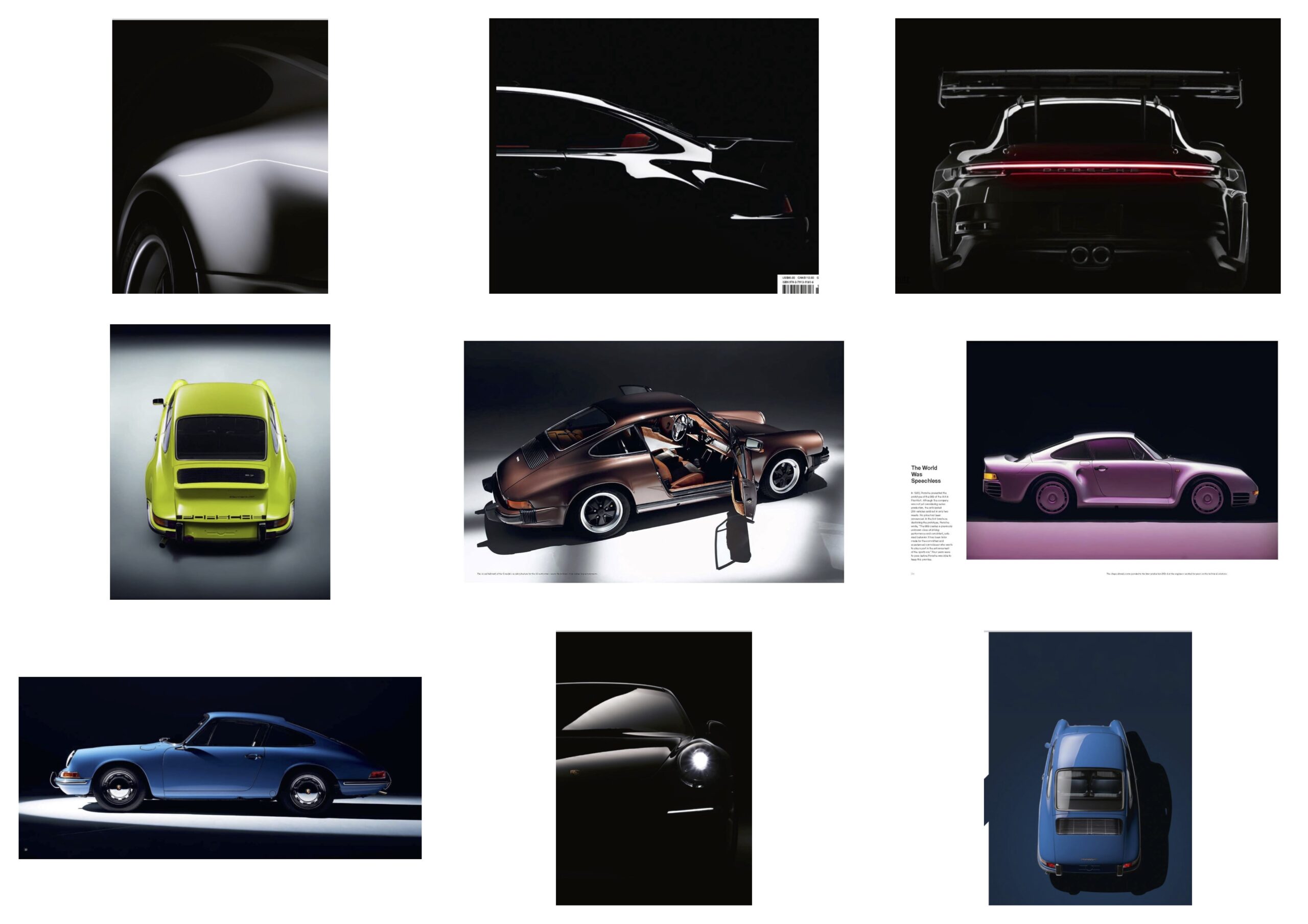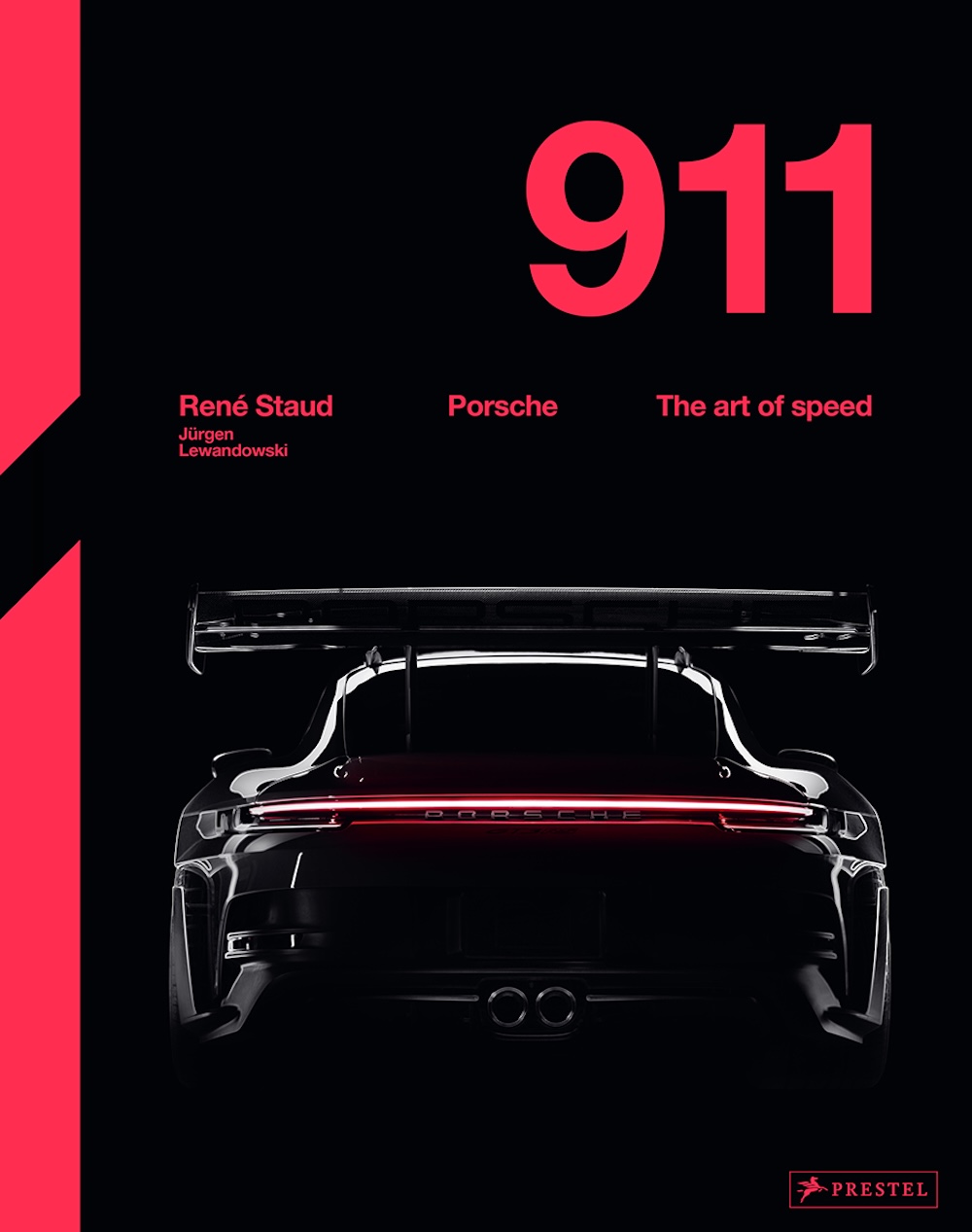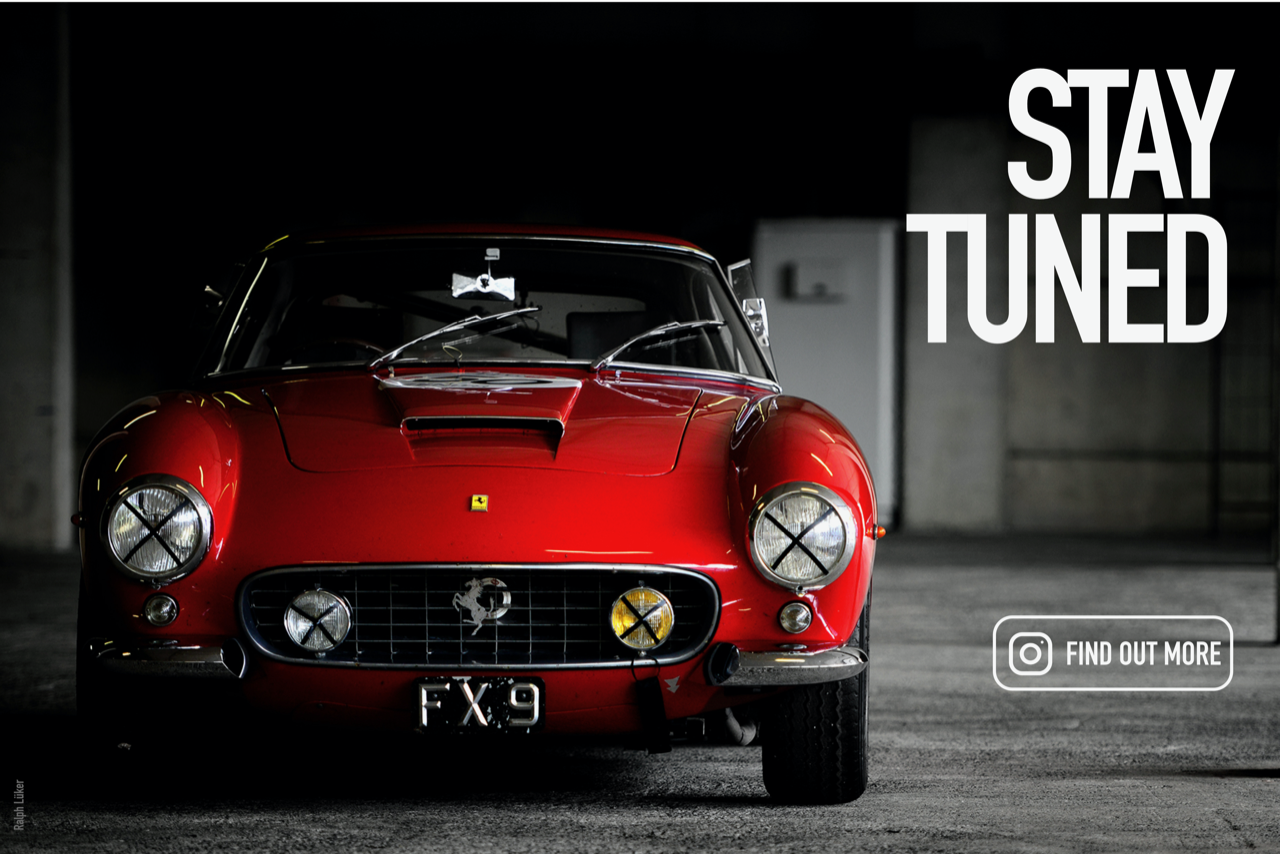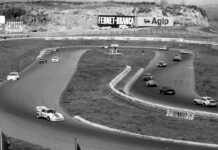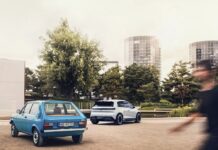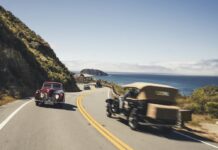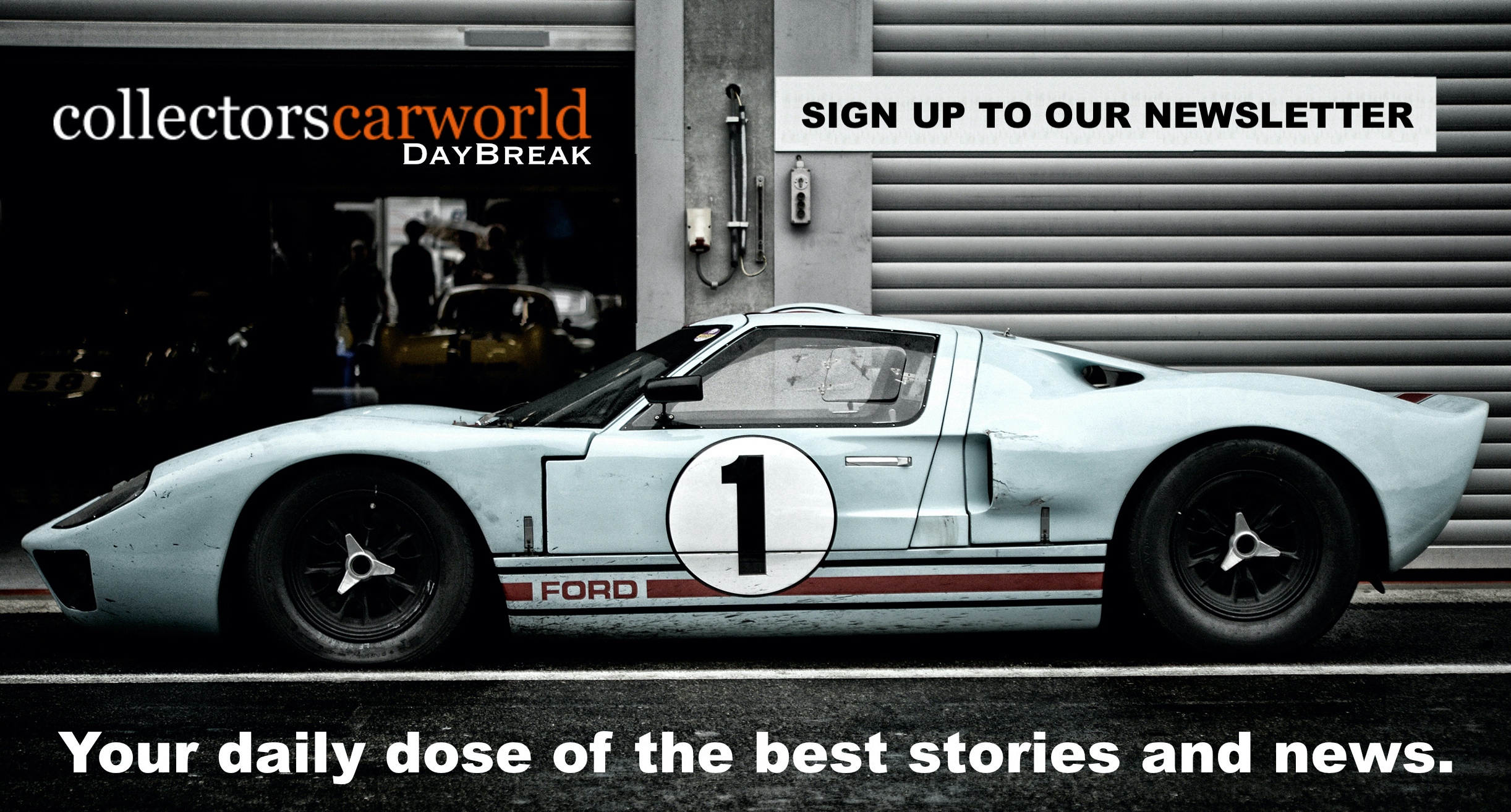An interview with René Staud about his new book Porsche 911: The Art of Speed
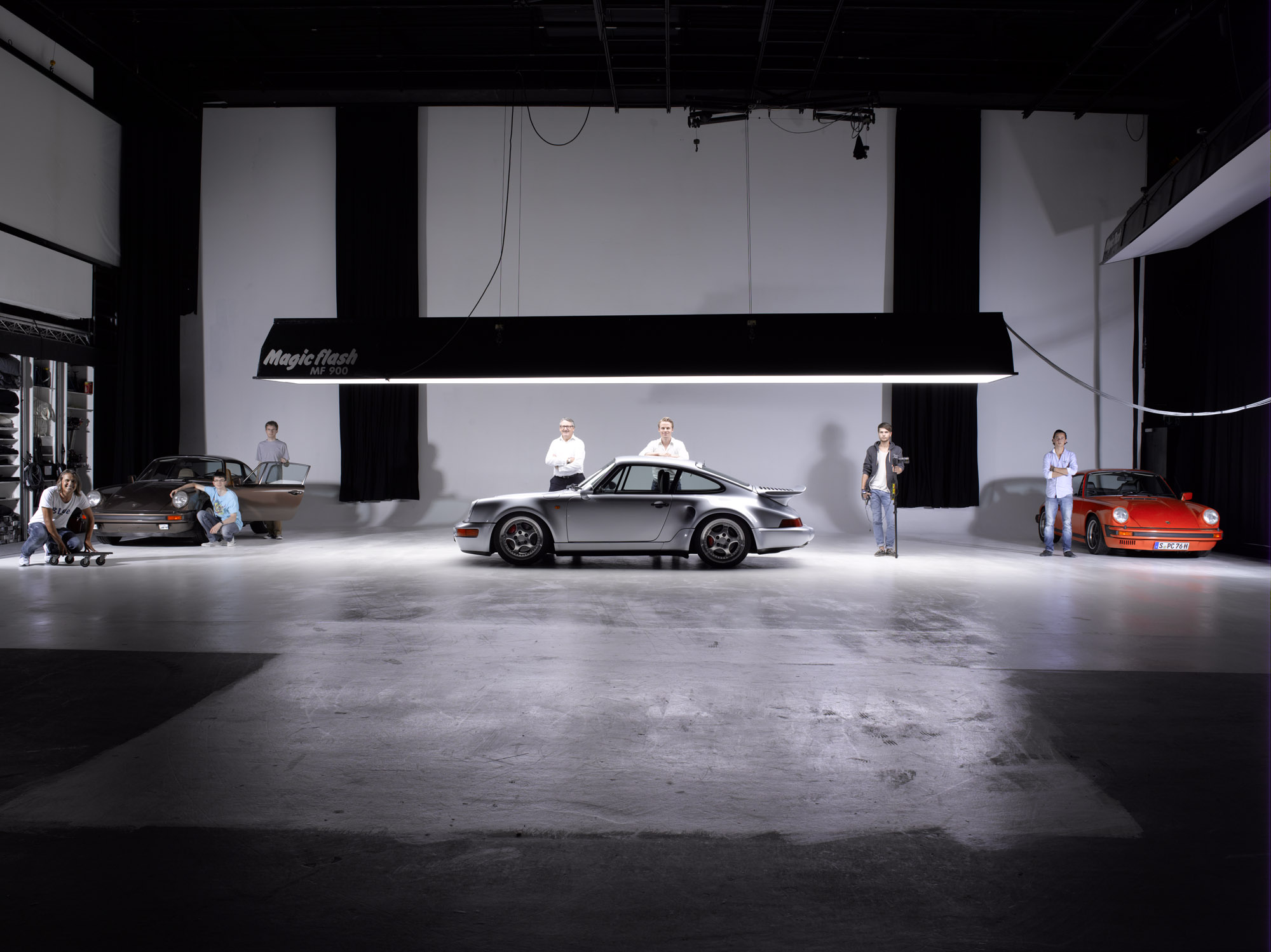
For over six decades, the Porsche 911 has defined what a sports car can be. It is a perfect subject for a master of light. Renowned automotive photographer René Staud has spent his career capturing the essence of machines like the 911 in remarkable detail. His new book, *Porsche 911: The Art of Speed* (Prestel), is a definitive visual and historical journey through every generation of the world’s most successful sports car.I jumped on a phone call while he was driving to the International Motor Show in Munich.
Horst A. Friedrichs: Mr. Staud, it’s a pleasure. Our paths first crossed a long time ago, in 1989. I was the assistant to photographer Rainer W. Schlegelmilch, and we were in your studio with an incredible Ferrari 275 GTB/4. You came in and told Mr. Schlegelmilch we were the first to use your brand-new light bank, the ‘Magic Flash’. And then, suddenly, the light bank was on fire, and the Ferrari was underneath it. Maybe we don’t bring that into the interview?
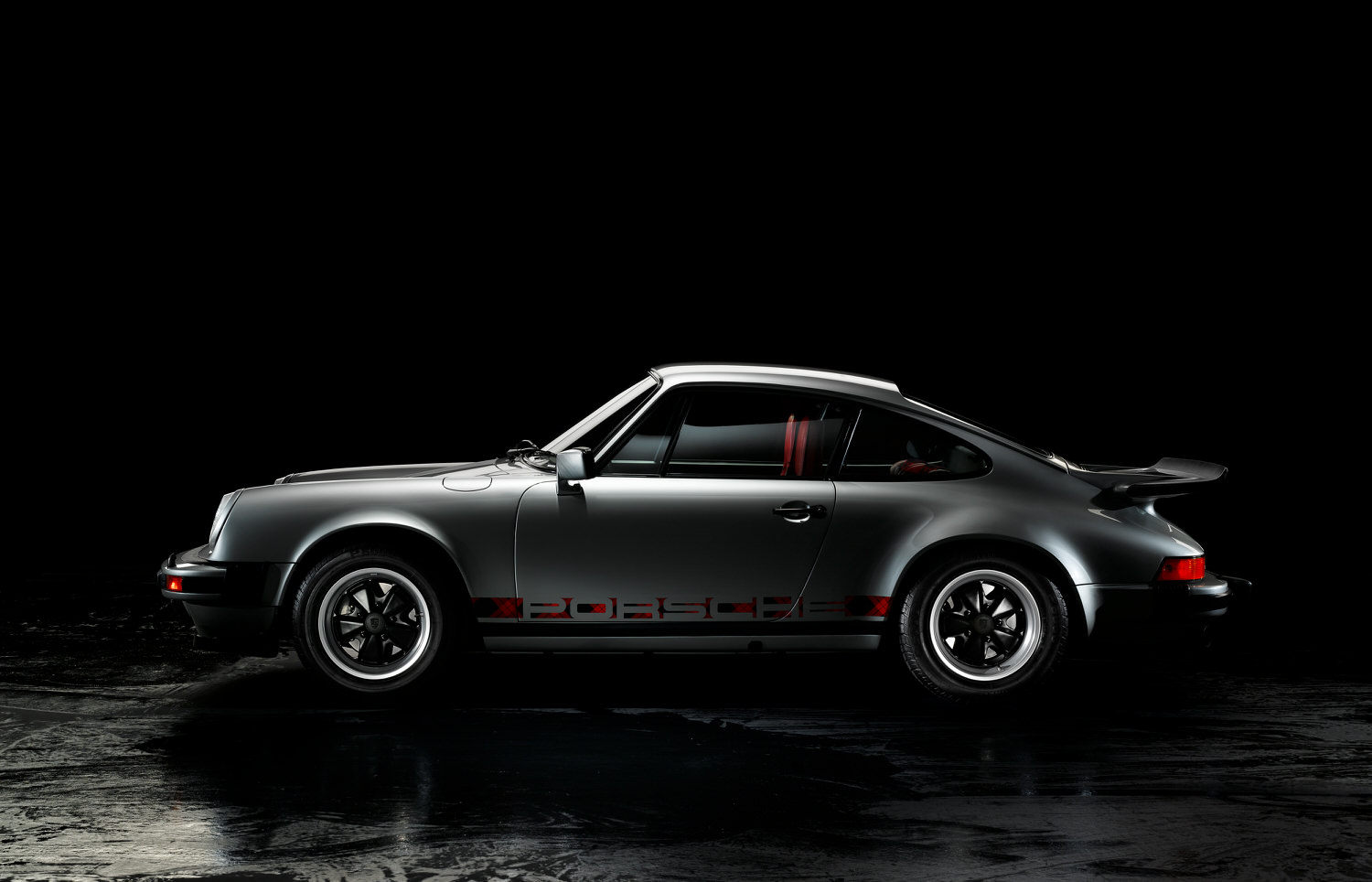
René Staud: (Laughs) Why not? That’s the experience. That was incredible. That was an experience. Above all, it was a testament to how quickly my team reacted. The fire was extinguished in seconds, but then we had a new problem: the entire studio, and the Ferrari, were covered in a fine white powder from the extinguisher. The real panic then was a race against the clock. But the team swung into action with an almost Swiss clockwork precision. The car was cleaned to an impeccable shine, and Schlegelmilch, God bless him, had already exposed six perfect 8×10 plates by the time the owner arrived and asked if everything had gone smoothly.
HF: (Laughs) A testament to German efficiency! Mr. Staud, you are one of the most influential automotive photographers in the world. What interests me is how your passion for photography and cars originally came together?
RS: Yes, that’s a very interesting story, and thank you for asking. I’m often asked, how is that connected? It has to do with the fact that I couldn’t even walk properly as a child, and then I was fascinated by mobility. A longing. As a small child, I always wanted nothing more than to get somewhere. I was totally fascinated that my father had a motorcycle with a sidecar. You could practically ride it anywhere. That was the experience for me in my youth—that people were able to expand their radius so extremely through the invention of mobility. That fascinated me from a very young age.
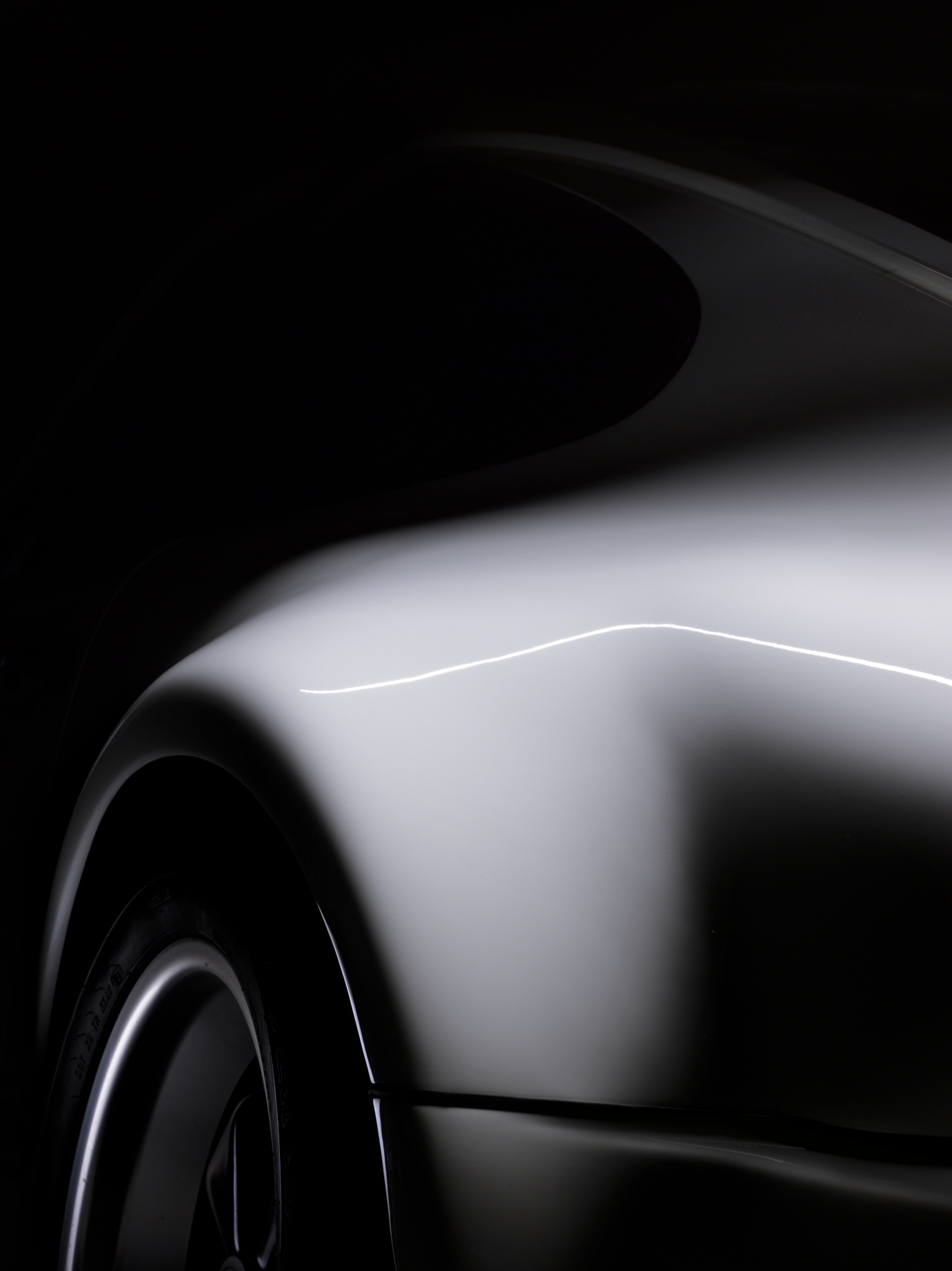
Then came a key experience. My father was a woodcarver. I was very keen and hard-working and always helped him. One day, he was trying to explain a new piece to a customer that he had sold and delivered weeks prior. After the conversation, I said, ‘Dad, you’re silly. Why are you talking so much? You should have shown the collector a photo.’ He said, ‘Yes, but I delivered it and didn’t take a photo.’ So I started documenting his work with a borrowed camera. I had so much fun with it. That was the beginning. The car came later, when I had my first one. I photographed it as a memory. I didn’t realise that you needed pictures of cars for advertising; back then, it was all drawn or airbrushed. There was no proper car photography.
HF: Which leads us to your famous ‘Magic Flash’ lighting technique. That has really shaped your visual language. Could you explain to our readers what’s so special about it?
RS: Yes, it’s based on various principles. One is to create as large an area of light as possible.So I said I had to squeeze the light into a box so that every square millimetre had the same light intensity. I developed a zig-zag reflection method. The direct light does not shine directly onto the diffuser but is reflected several times, creating a totally uniform light over the entire surface—up to 18 metres long.
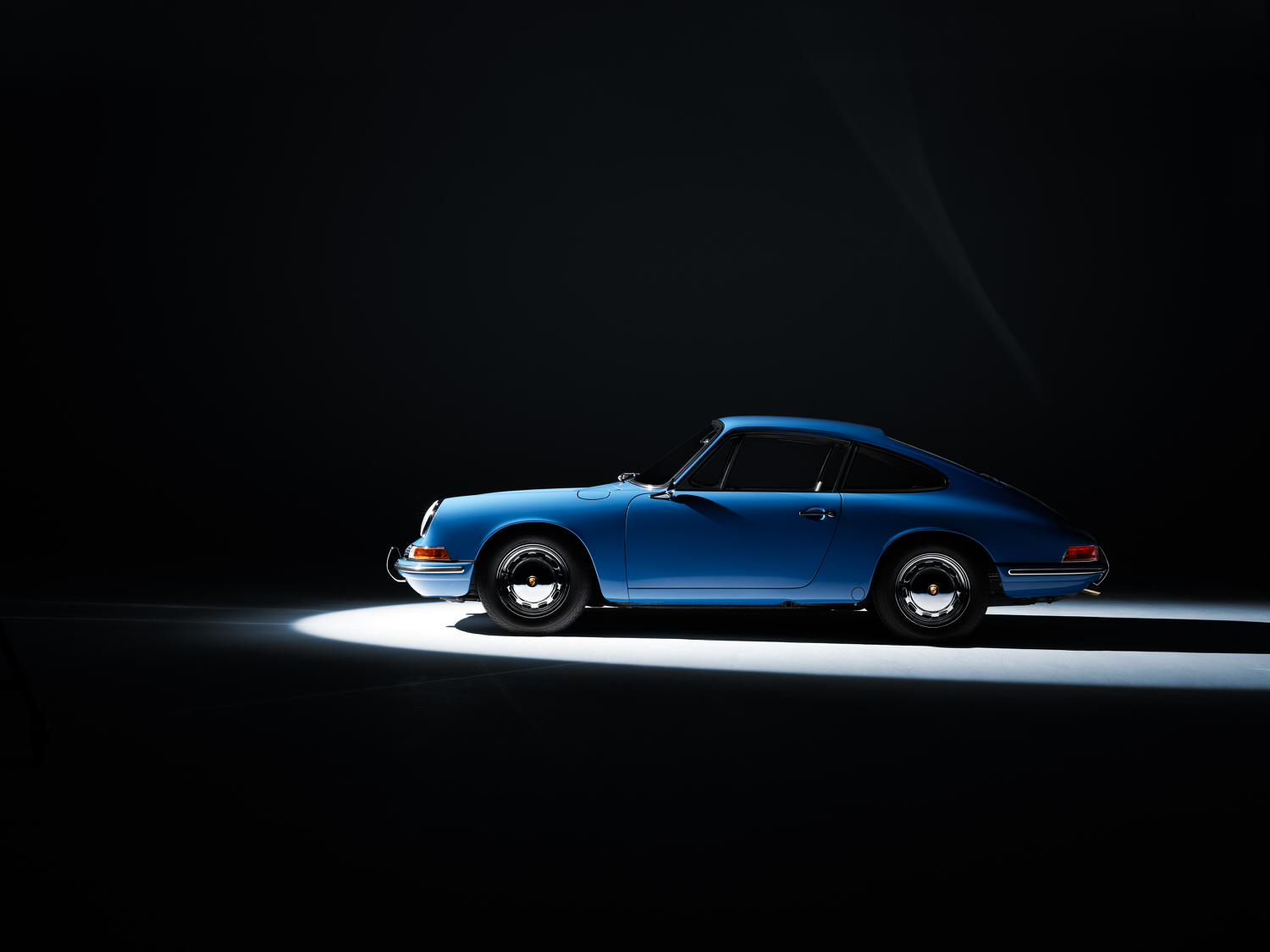
The second principle was colour. The Kodak Ektachrome slide Film, only tolerates a very specific light temperature. I only used flash tubes with 5000 degrees Kelvin making it very simmilar to daylight . I had them measured to death. I often bought 20 tubes and returned 18! It was about 100% exact colour temperature at an absurdly high output. A lot of light is lost through the reflection, so the weakest lamp at the time had 6×6400 watt seconds (It would take hundreds of thousands of 100 W LEDs firing at the same instant to match it.) The time and effort invested were far too great , but it was the key to the result.
HF: Incredible. Now, let’s talk about the new book, *Porsche 911: The Art of Speed*. When you photograph a vehicle that millions of people already know, how do you find new and surprising perspectives?
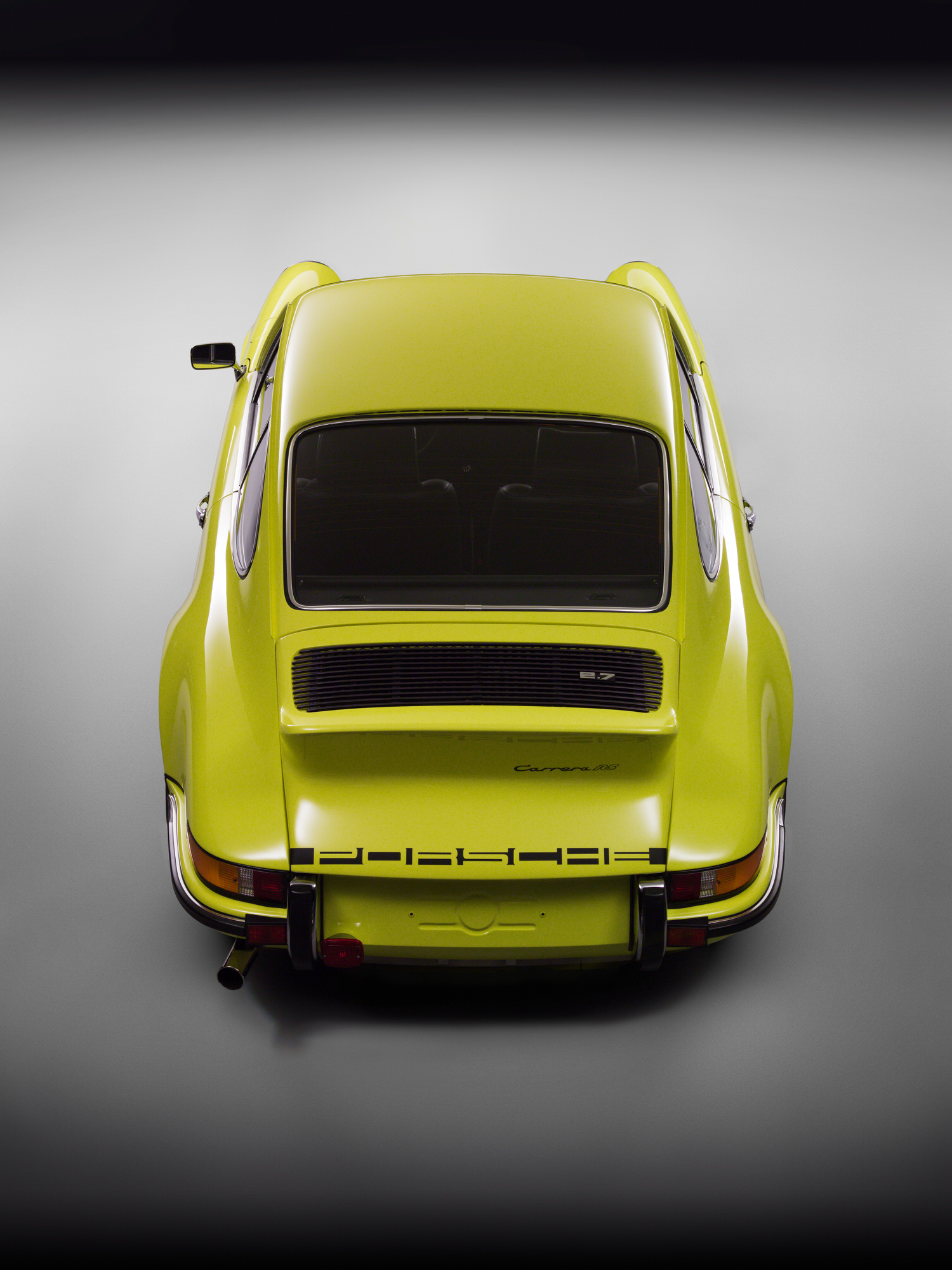
RS: What benefits my approach is that I love cars. I approach the vehicle with passion. I build up a relationship with it. You have to see a certain beauty in every car you photograph. It’s easier with a Porsche than, say, a Lada, but I’ve made a Lada look great with my light! I put in the effort until *I* like the picture. The customer only sees the picture; they don’t see that a day or two’s work can go into a single shot. It’s like cooking. Sometimes all the ingredients are just right, and you get lucky.
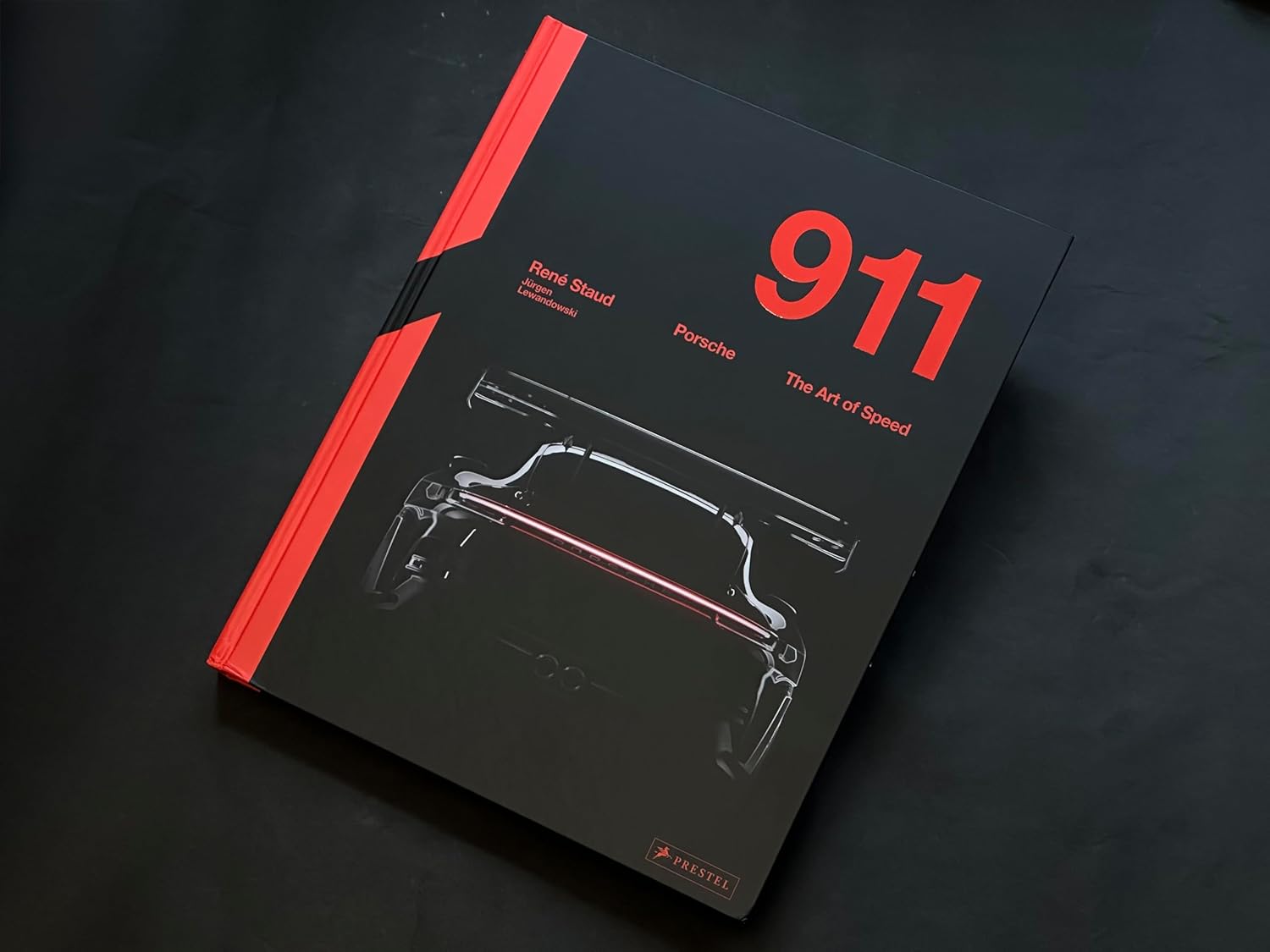
HF: Your oversized tome is not just a coffee table book; it’s a work of art. What do you consider particularly important in the design and production?
RS: It is a team effort. The publisher must have the right attitude, like parents, and let the children develop. First and foremost, the narrative must transport the viewer on a journey. For the Porsche book, I suggested the title *The Art of Speed*. Then, with Jürgen Lewandowski, we decided not to structure it by model year or series, but by how the Porsches are created. They start as coupes, evolve into Targas, convertibles, and then the high-performance versions. The book shows how one would not be possible without the other. It’s a guide through Porsche’s unique philosophy of continuous improvement.
HF:Finally, after photographing so many for this book, is there a particular Porsche 911 model or shoot that has remained especially memorable?
RS: Well, a third of the vehicles in the book are ones that you, as a mere mortal, would never be able to get your hands on. They were only built for a trade fair or are simply not available. I am particularly proud that I was able to get Louise Piëch’s Porsche in front of my lens.
HF: Ferdinand Piëch mother ?
RS: Yes,Louise Piëch was the sister of Ferry Porsche. For her sake, the first Porsche Turbo was built—with the hope that she would be so enthusiastic that she would provide money from the family fortune to make the turbo technology output-oriented. To photograph that car, with that history… that is a special memory. It is the story behind the metal. That is what we try to capture.
Porsche 911: The Art of Speed* by René Staud and Jürgen Lewandowski is published by Prestel and available 7th October.
